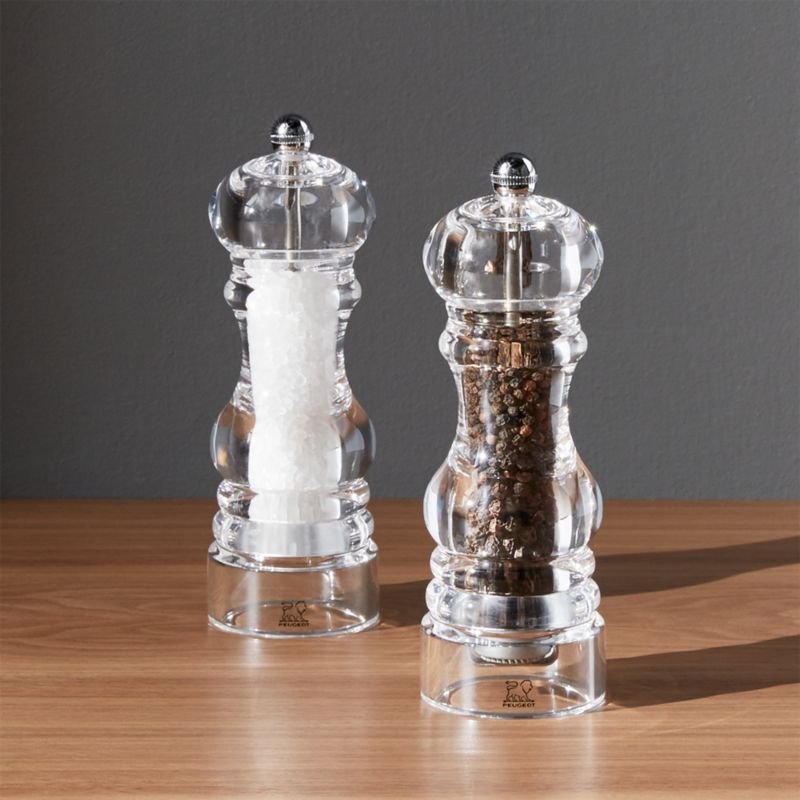A storage device is a piece of computer hardware used for saving, carrying and pulling out data. Secondary Storage Device. Size. Smaller. Larger. Data Retention. Hard drive - An internal hard drive is the main storage device in a computer.The most common unit of storage in computer is called a byte which is equal to 8 bits. Each byte resides temporary on the computer memory and this specific location is called an address. A character is a unit of information that roughly corresponds to a smallest unit in a written language...It depends on the computer. A memory location means a part of memory that the CPU can address directly. Whats the basic unit of memory storage in In mathematics, the integer numbers are infinite, so infinite memory should be required to represent all/any of them. The choice made by a computer...Nowadays we are used to having hundreds of gigabytes of storage capacity in our computers. Above left: The magnetic Drum Memory of the UNIVAC computer. Above right: A 16-inch-long drum from the IBM 650 computer. It had 40 tracks, 10 kB of storage space, and spun at 12,500 revolutions...These are used in the smallest micro computer systems as well as mini computers. Floppy disks have higher storage capacity and offer direct access capability. The floppy disk is permanently sealed in a plastic coated jacket and the whole package is inserted the floppy drive for data recording and...
The units of storage in computer
For example, a LAN (local area network) connects computers in a defined physical space, like an office building, whereas a WAN (wide area network) can connect computers across continents. The internet is the largest example of a WAN, connecting billions of computers worldwide.Bit is the smallest unit of data in computer. And 1 bit equals to 0.125 Bytes. It is also the most common unit of storage and one of the smallest units of memory in computer.Computers. Data Storage Devices. Byte's temporary storage location in memory? Asked by Wiki User. Bytes are so small however, that usually the smallest unit of memory used in the modern computer systems are kilobytes.*The smallest storage location in a computer's memory is known as a _. bit word letter byte switch. *True/False: The main reason for using secondary storage is to hold data for long periods of time, even when the power supply to the computer is turned off.

integer - One memory location in a computer stores... - Stack Overflow
Computer data storage, often called storage or memory, is a technology consisting of computer components and recording media that are used to It is a core function and fundamental component of computers. The computer does its primary work in a part of the machine we cannot see, a control...Cloud Storage Vs Local Storage: What's What? Let's start with the basics. Definition: Cloud storage is the process of storing digital data in an online space that spans multiple servers and locations, and it is Find out where your data is stored and what benefits and challenges arise with cloud computing.Cloud storage involves storing data on multiple virtual servers that are generally hosted by third parties. Learn more about how cloud storage works. Who owns the data stored in a cloud system? Does it belong to the client who originally saved the data to the hardware?Technically, 1 bit is the smallest unit, but in real life, you will have a very hard time reading just one 8 Bit computers typically use byte level addressing. 16 Bits = 65,536 locations (typically Bytes). In digital computers, data storage begins at the bit which represents a 0 or 1 which is in reality...However, not all computers require secondary storage. Embedded computers, such as those found in a washing machine or central heating system Within the cells, the binary data is stored by holding an electrical current in a transistor with an on / off mode. Unlike RAM which uses a similar technique...
One memory location in a computer shops how much information?
It will depend on the pc. A memory location approach a a part of memory that the CPU can cope with immediately.
Whats the elementary unit of memory storage in a pc?
It is the Bit, and then the Byte, but different CPUs are extra at ease addressing memory in words of explicit sizes.
For Example to a store a integer what's going to be the memory addresses required? If basic unit is BYTE the integer calls for 4 bytes.
In arithmetic, the integer numbers are infinite, so endless memory should be required to constitute all/any of them. The choice made by means of a laptop structure about how a lot memory must be used to constitute an integer is arbitrary. In the finish, the good judgment about how integers are represented and manipulated is in device, despite the fact that it is embedded in the firmware. The programming language Python has an unbounded representation for integers (but please don't take a look at a googol on it).
In the finish, all pc architectures in some way permit addressing all the way down to the Byte or Bit level, however they work easiest with addresses at their word length, which most often suits the bit-size of the CPU registers.
It is not about the amount of information, or the size of integers, however about the selection of memory addresses the pc can use.
There are 4GiB addresses (for bytes) in 32 bits. To arrange a cluster of machines with greater than 4GiB of RAM, each machine should arrange greater addresses.
Again, it is all about the addressable memory space, and not about the size of integers. There were 64 bit integers even if CPUs most well-liked 8bit phrase addressing.
Saabira Fiberstone Planters | Crate And Barrel

Mr. And Mrs. Champagne Flutes | Crate And Barrel

Wine Storage | Pantry Shelving | Home Bars | Closet Factory

9 On-Trend Small Bathroom Storage Ideas-CB2 Idea Central

Garmin Offers Two Small-and-simple Bike Computers

Digital Storm Spark Is Worlds Smallest Hardline Liquid

Oregon Brandy Snifter + Reviews | Crate And Barrel

Marin Matte Black Dinner Plate + Reviews | Crate And Barrel

3-Ring Napkin Ring + Reviews | Crate And Barrel

Lunea Melamine White 10.5" Dinner Plate + Reviews | Crate

Peugeot Acrylic Salt And Pepper Grinders + Reviews | Crate

Corsham Computer Centre | Dark Places

0 Comment to "Exercise 3. Read The Following Definitions Of Computer Terms, Give The..."
Post a Comment